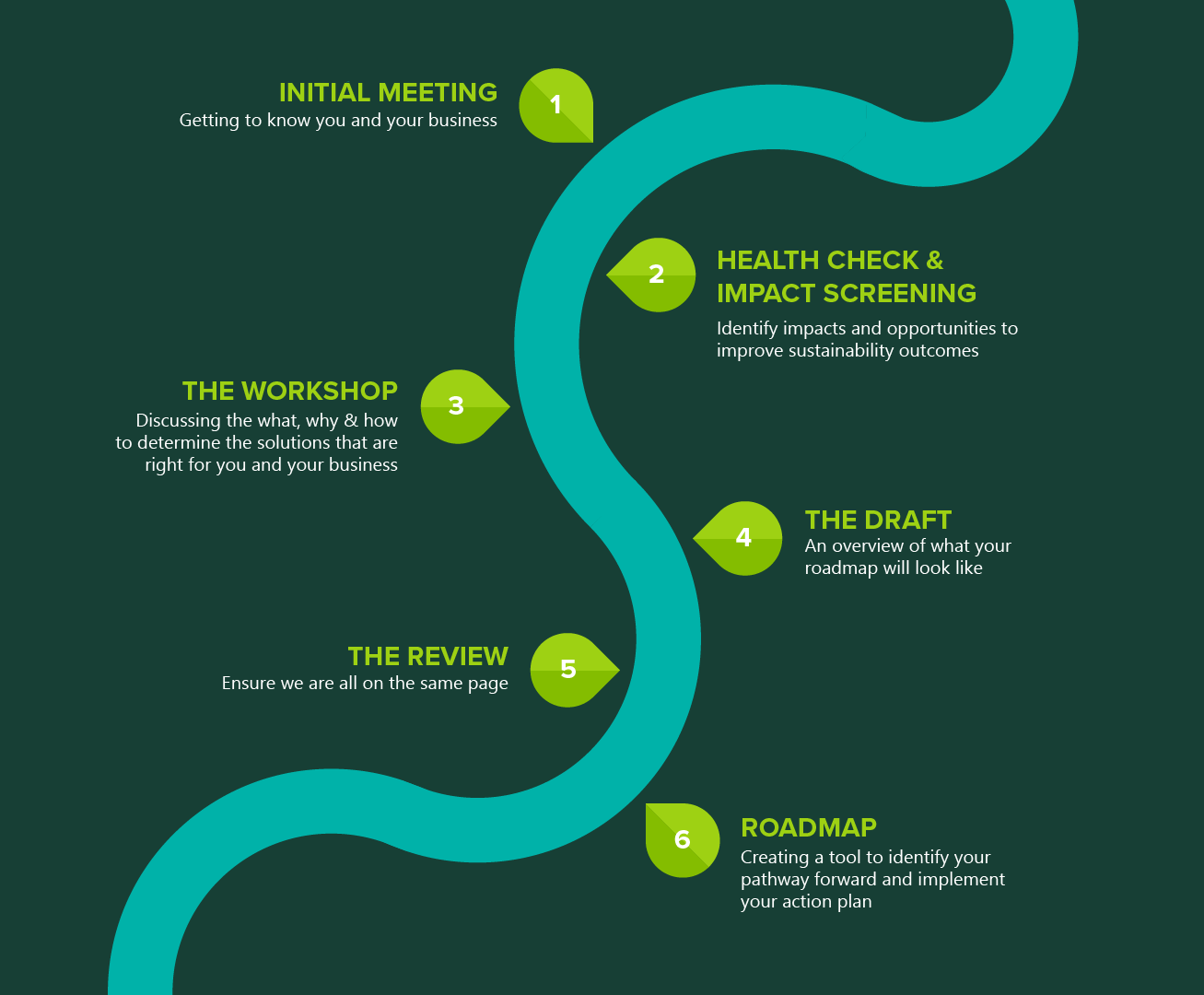.jpg)

.jpg)


The goal of the 11th World Green Infrastructure Congress was to catalyse the use of nature-based solutions in urban environments.
In 2024, Morphum Environmental was privileged to be a Bronze sponsor of the event, held in Tāmaki Makaurau at Waipapa Taumata Rau (The University of Auckland) last week. This event attracted 600 attendees from across the globe for three days of talks and field trips aimed at fostering green infrastructure, promoting nature-based solutions and facilitating knowledge exchange.
The congress held some fantastic dialogue of how we as a society must reverse the abstractive mindset that separates us from nature, reversing the tide and facilitating nature flowing back into our urban environments so she can support our health and wellbeing. There were reflections on our current climate trajectory and the role that green infrastructure such as living roofs, green walls and urban forests can play in reaching carbon-neutral goals. We heard from local elected officials (Desley Simpson) that we need to go greener, faster following the damaging floods of 2023. The New Zealand Parliamentary Commissioner for the Environment (Simon Upton) acknowledged that urban green spaces aren’t keeping up with population growth and that blue/green infrastructure and spaces should be recognised as just as critical as our traditional grey infrastructure (roads, pipes and power) when planning for the future.
.jpeg)
We were especially inspired by several keynotes that were dedicated to promoting indigenous approaches. In welcoming the congress to their whenua, Congress Partners Ngāti Whātua Ōrākei emphasised the importance of ensuring that wai “flows clear, clean and true” and the aspirations they have for whānau to be actively engaged in regenerative mahi. An exceptional talk from Dr. Lyla June Johnstone about the careful cultivation that indigenous people had achieved to create abundant food forests unappreciated by European explorers. Julia Watson encouraged us to go Lo-TEK (Local Traditional Ecological Knowledge) through rebuilding indigenous knowledge and philosophies to generate new dialogues and live in symbiosis with nature.
Two of our team attended and presented at the congress. Our Director Caleb Clarke talked about the Rotokauri Greenway in Hamilton, a collaborative project Between Hamilton City Council and Hounsell Holdings to build a central stormwater green corridor for the Rotokauri development that will help treat water and recreate an ecological, access and recreation spine for the new town. His presentation was an example of putting green infrastructure planning into practice and how careful consideration of treatment trains can provide effective outcomes while optimising lifecycle costs.
Senior Water Quality Scientist Ed Clayton spoke about Ecological Build Zones, a permissive zoning overlay concept that incentivizes developments to incorporate green roofs and infrastructure through rewarding bonus development rights such as extra floors, or lowering operational costs via insurance deductions or rates rebates. His talk explored such incentives through a water quality lens, focusing on how encouraging changes in urban material choice to enhance te Mana o te Wai, leads to multiple beneficial outcomes.
The congress certainly succeeded in bringing together people with the goal of incorporating nature-based solutions into our urban environments.
Morphum Environmental would like to acknowledge the Conference Partners and sponsors and the dedicated work of Zoe Avery who was instrumental in organising and hosting the World Green Infrastructure Congress.
Ka rawe Zoe for your tireless mahi!


.jpg)
.jpg)

